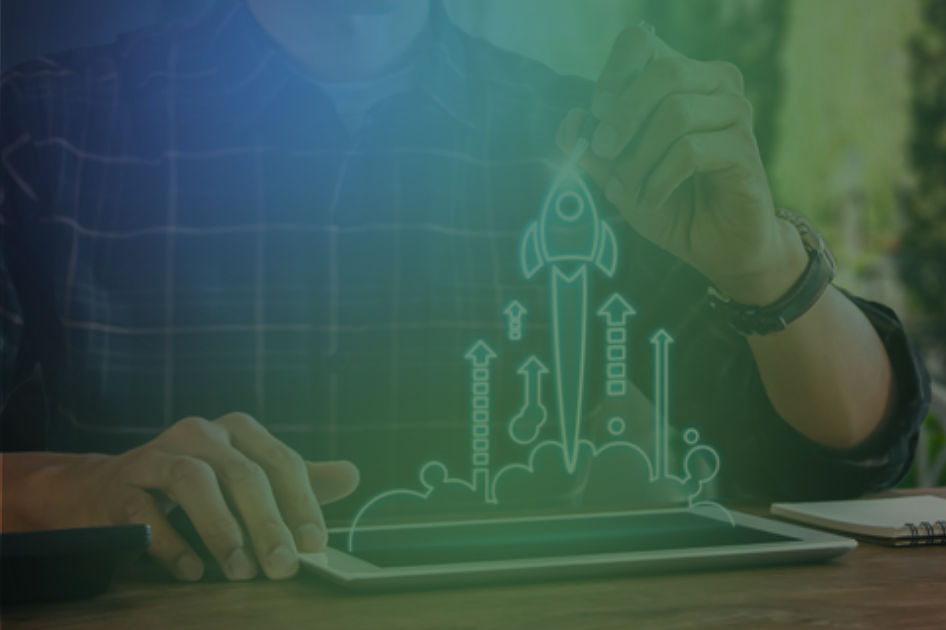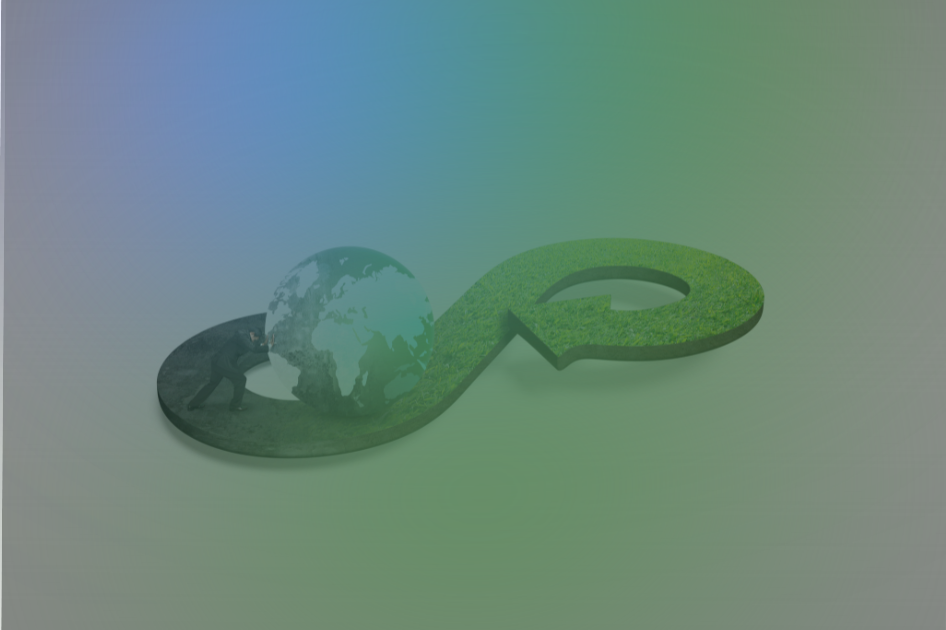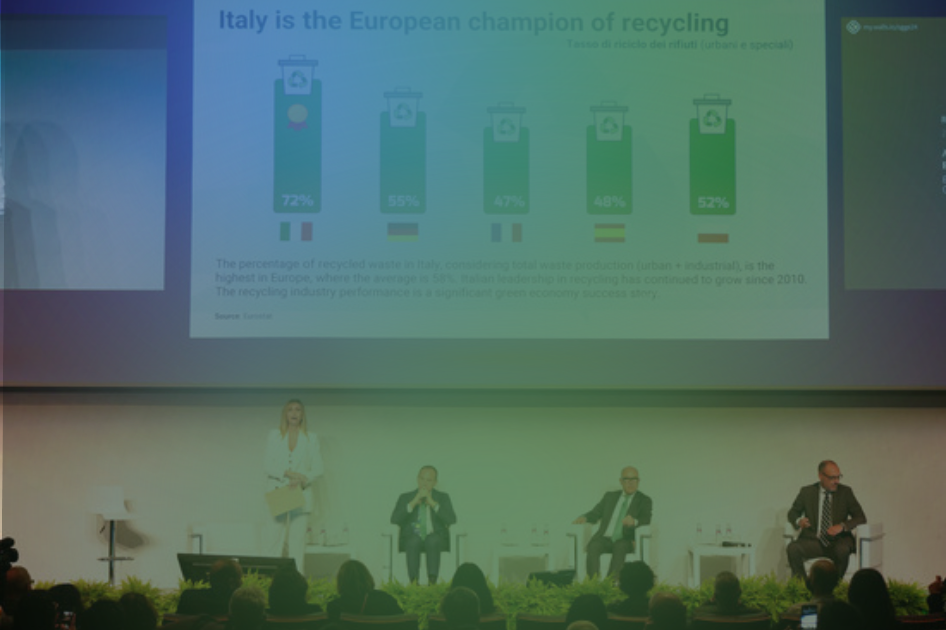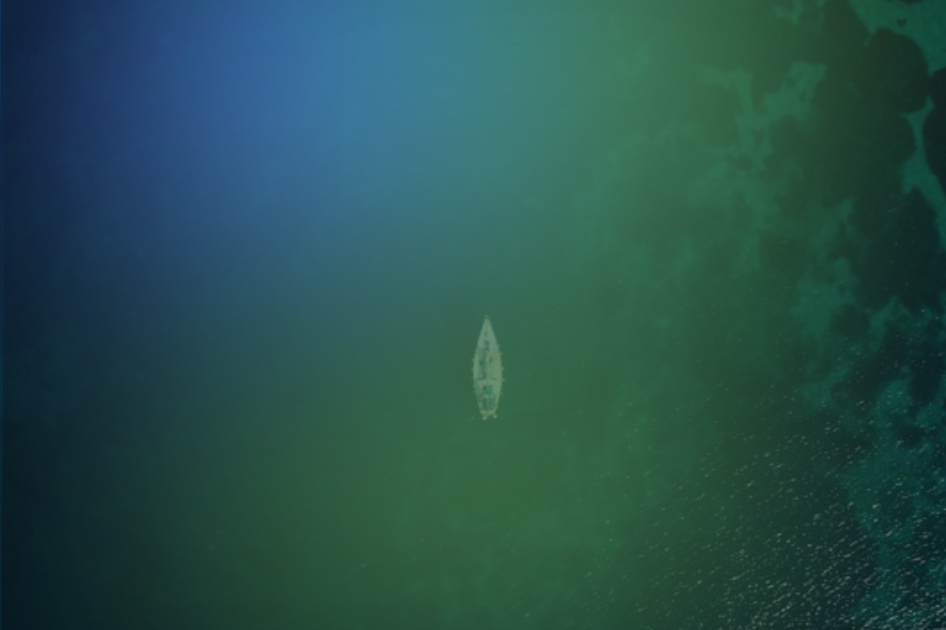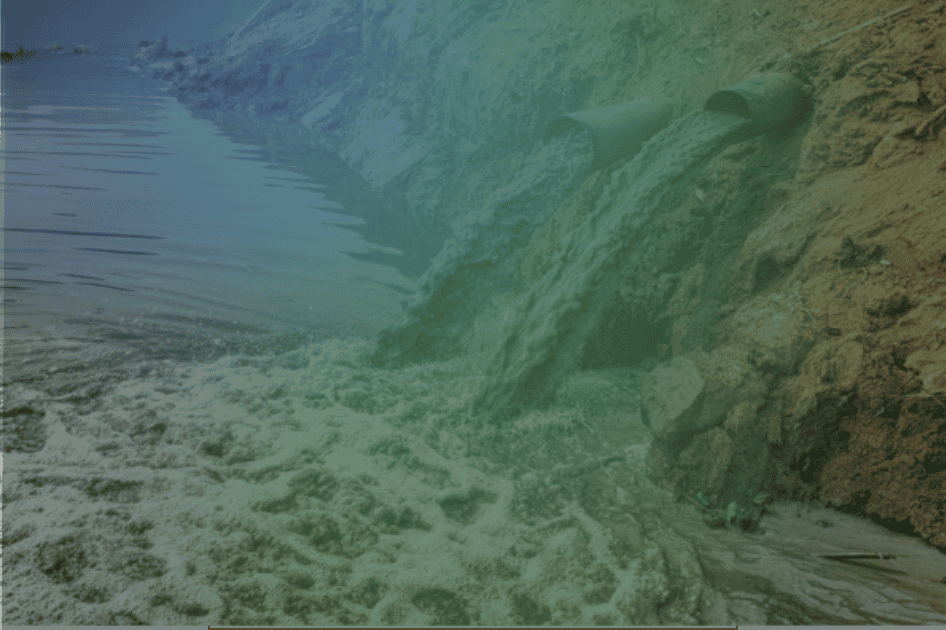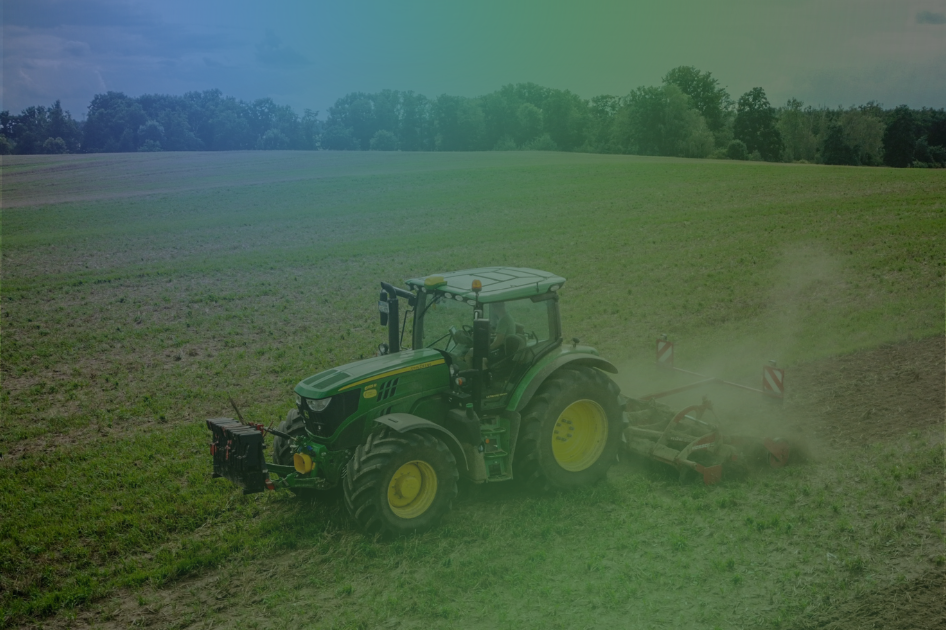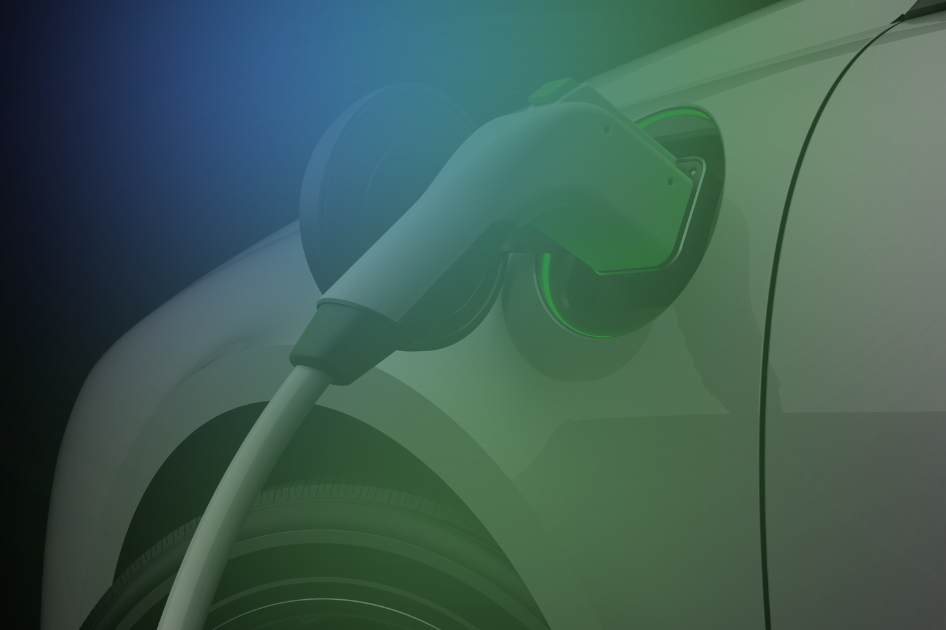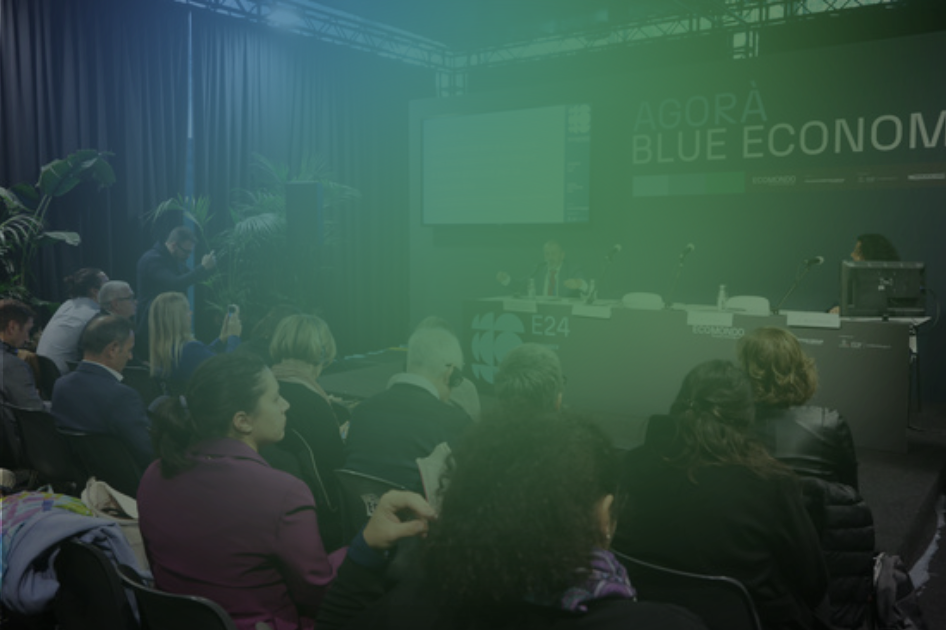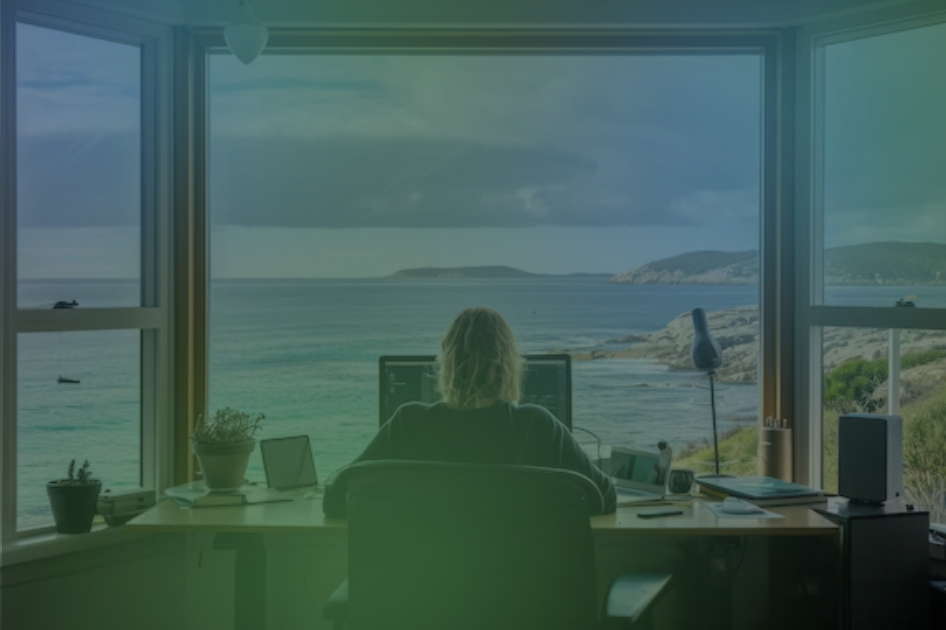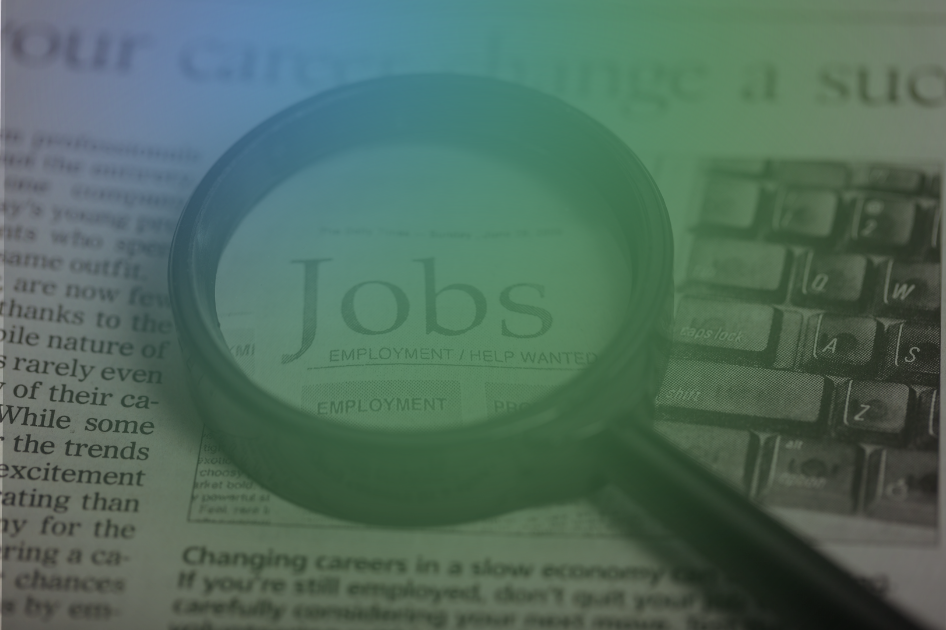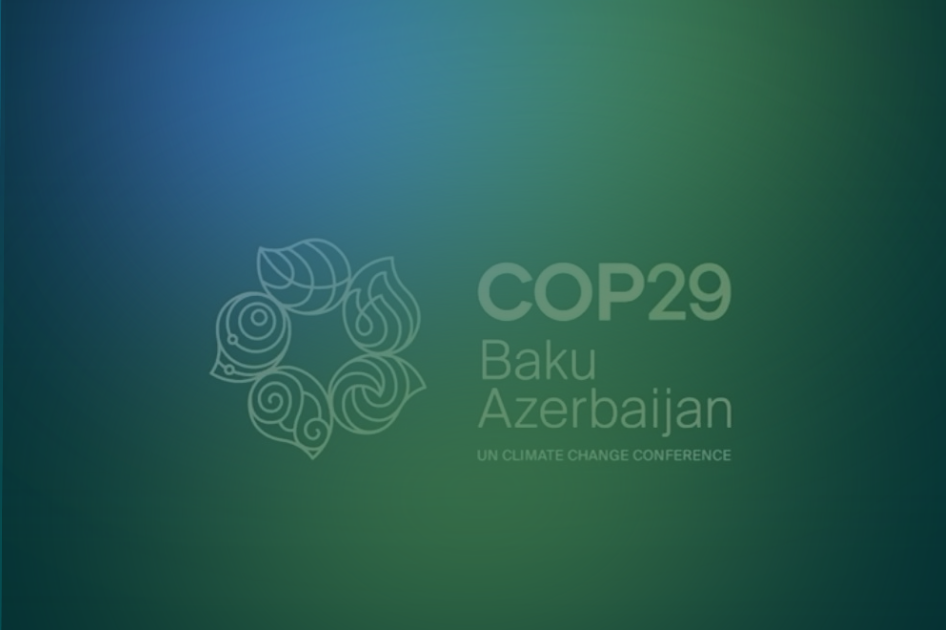June 8 is World Oceans Day, an event proposed by Canada at the 1992 Earth Summit in Rio de Janeiro and recognized by the UN in 2008. Today, it involves a network of over 2,000 organizations in more than 180 countries. It is a global opportunity to reflect on the deep connection – often overlooked – between the health of the oceans and our daily lives. Oceans cover 70% of the Earth's surface, produce over 50% of the oxygen we breathe, absorb about one-third of the CO₂ produced by human activities, and are a primary source of livelihood for billions of people. However, their balance is under serious threat: overfishing, plastic pollution, acidification, and climate change are altering these delicate ecosystems.
The overall theme for World Ocean Day 2025 is “catalyzing action for our oceans and climate. Together, we are growing the movement for a more sustainable society and a healthy blue planet.” The message is clear: if we want oceans to continue to feed and protect us, each one of us must transform our relationship with its resources.
At the global level, the Goal 14 of the UN 2030 Agenda shows the way forward: “Conserve and sustainably use the oceans, seas, and marine resources.” Within this framework, the United Nations Biodiversity Conference in 2022 (COP15 in Montreal) launched the 30×30 Plan. This aims at protecting 30% of the Earth's land and sea by 2030. Moreover, in June 2023, the Treaty on the High Seas (BBNJ agreement) was signed, and was then adopted also by the EU. In 2024, the UNESCO Intergovernmental Oceanographic Commission published ten White Papers, each dedicated to one of the ten challenges for the Decade of the Sea.
One of the central themes for protecting oceans is sustainable fishing. This is essential for ensuring the health of marine ecosystems and food security for future generations, as explained by Massimo Bellavista, member of Ecomondo's Scientific Committee for the Blue Economy and Head of Fisheries and Aquaculture for Emilia-Romagna at Legacoop.
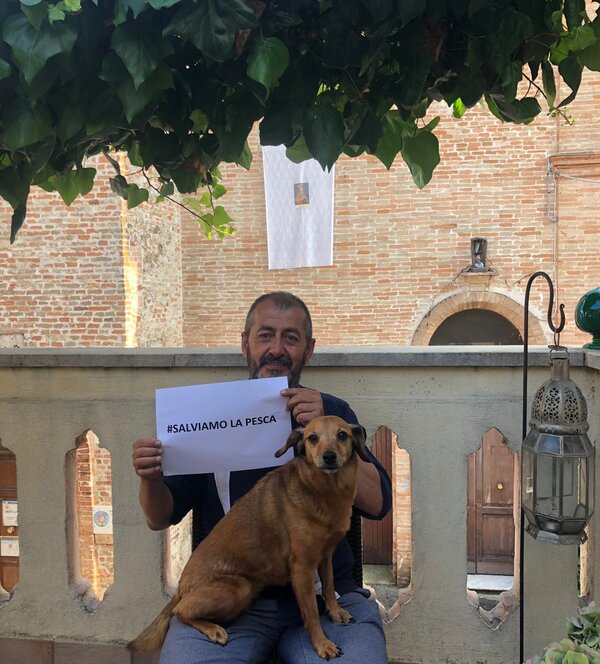
What are the current figures on fishing?
<< FAO reports record 185 million tons of global production of aquatic animals in 2022, an increase of 4% compared to 2020. For the first time, aquaculture surpassed capture fisheries, with 94 million tons compared to 91 million. Marine water production accounted for 62% of the total, while inland water production accounted for 38%.>>
What is the situation in Europe and Italy?
<< According to Fleet Register (the European database for fisheries, ed.), the EU fleet has 70,986 vessels, directly employing 119,702 fishermen. However, the report highlights the increasing EU dependence on imports from outside the bloc.
In Italy, imports cover more than 70% of Italy's fish demand. European institutions have long been asked to start a process of total fleet renewal, because it is inconceivable to support the energy and ecological transition with a fleet from the last century. For what regards Italy, our fishermen and farmers face major challenges linked to climate change, marine pollution, and international competition. One example is the blue crab emergency, which has brought entire communities to their knees, wiping out clam production in the Po Delta.>>
What aspects should be considered when we talk about sustainable fishing?
<< Sustainable fishing policies aim to maintain fish populations at healthy levels, reduce the impact on ecosystems and non-target species (bycatch), but also to respect and preserve local communities and their right to live off marine resources.
Fish is the primary source of protein for over 3 billion people. Adopting sustainable practices can increase the global annual catch by 16 million tons - enough to meet the protein needs of 72 million more people each year.The sector needs to be steered towards selective and low-impact fishing techniques, but also towards ensuring that the fish purchased is traceable to its origin, as this helps to combat illegal or unregulated fishing. It is also necessary to guarantee fair working conditions and rights for fishermen and to support local economies, strengthening the resilience of coastal communities across Europe. Finally, responsible consumer choices must be promoted, encouraging them to learn about the origin and fishing practices, as well as about seasonality, because eating seasonal fish reduces pressure on certain species and supports marine biodiversity.>>
There is also the issue of waste reduction and management in fishing ports.
<< Waste management in Italian fishing ports is evolving thanks to innovative projects that promote reduction, reuse, and recycling, in line with the principles of the circular economy. Similarly, coastal communities and fishing fleets are increasingly committed to sustainability, although investment in infrastructure and technology is still needed. Collaboration between public authorities, fishermen, and local communities is essential to develop effective strategies. Among several pilot projects there are DeFishGear, which collects data on waste retrieved from the Adriatic Sea and P.Ri.S.Ma. MED2, a project aimed at creating new value chains through the recycling of discarded fishing and aquaculture gears (such as nets) and by-products from fish farming (tellina, clams, mussels shells). Another example is the European cooperation project FishNoWaste, involving Italy and Croatia. Within this initiative, the Rimini-based cooperative Lavoratori del Mare is leading pilot actions for collecting waste caught at sea and replacing plastic with environmentally friendly materials.>>
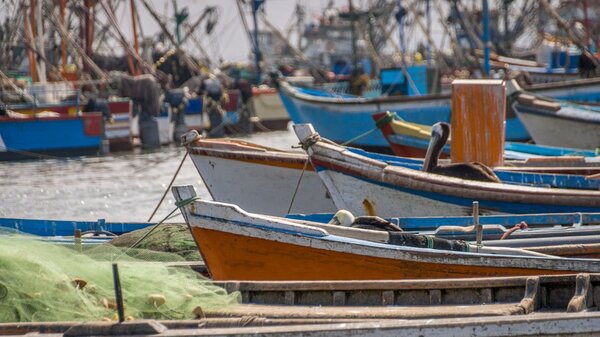
Another key issue is the development of marine energy through offshore wind power: how can we balance different needs while respecting the marine environments?
<< Integrating offshore wind power development with the protection of marine ecosystems and the preservation of traditional economic activities is a complex challenge that requires a multidimensional approach and must be managed with care, dialogue, and shared decision-making. In Italy, the expansion of offshore wind power has raised concerns among fishermen and coastal communities.
According to a study by the Mediterranean Consortium for Legacoop Agroalimentare, new wind farms could significantly reduce the areas suitable for bottom trawling potentially leading to job losses and economic impacts on local fishing fleets. It is therefore crucial to implement maritime spatial planning that takes into account the needs of all stakeholders, promoting coexistence between energy development and traditional activities.>>
What are the objectives at the institutional level?
<< On World Oceans Day, the European Commission is presenting the “European Ocean Pact.” Included in Commission President Ursula von der Leyen’s political agenda for the period 2024-2029, this initiative aims to maintain a healthy, resilient, and productive ocean; promote a sustainable and competitive blue economy, including fisheries and aquaculture; and develop a comprehensive agenda for marine knowledge, research, innovation, and investment.>>
Are there virtuous examples of sustainable fishing that can serve as models?
<< There are indeed some really significant examples of the adoption of sustainable fishing practices. As Legacoop Agroalimentare, we created the Atlas of Good Practices and Sustainable Supply Chains in Fishing and Aquaculture. This is the first realistic and georeferenced collection of good practices, as well as process and product innovations, in the fishing and aquaculture sectors in Italy and beyond. It is also aligned with the new EU guidelines set out in the Green Deal and the Farm to Fork strategy. For example, the members of the Pescatori dello Jonio cooperative in Porto Cesareo, in the province of Lecce, have adopted a voluntary biological rest period to protect marine species during their growth periods. Meanwhile, the Fra Pescatori dell'Adriatico cooperative in Scardovari, in the province of Rovigo, has experimented with biodegradable nets for mussel farming, reducing the environmental impact of fishing equipment.>>
What innovative technologies are being developed?
<< Sustainable fishing is benefiting from several technological innovations in the field of artificial intelligence and automation. Through these tools the aim is to reduce environmental impact, improve traceability, and optimize fishing practices. One example is selective nets, equipped with sensors, which allow only target species to be caught, reducing bycatch and improving sustainability.>>
- You may be interested in: How ethical and sustainable finance are transforming the blue economy
Aquaculture is also crucial for global food security: what are the challenges and advantages?
<<Aquaculture offers an alternative to capture fisheries, helping to preserve wild fish stocks and meet the growing demand for marine protein. It can provide fresh, local food, reducing carbon emissions associated with transport, and helps save freshwater through techniques such as recirculating aquaculture systems (RAS). It also generates employment and supports economic development in coastal and rural areas. However, attention must be paid to avoid intensive aquaculture practices, as these can cause eutrophication, water pollution, and damage to marine ecosystems.>>
Article written by Emanuele Bompan and Maria Carla Rota
This Blog is an editorial project developed by Ecomondo with Materia Rinnovabile
PUBLICATION
06/06/2025

